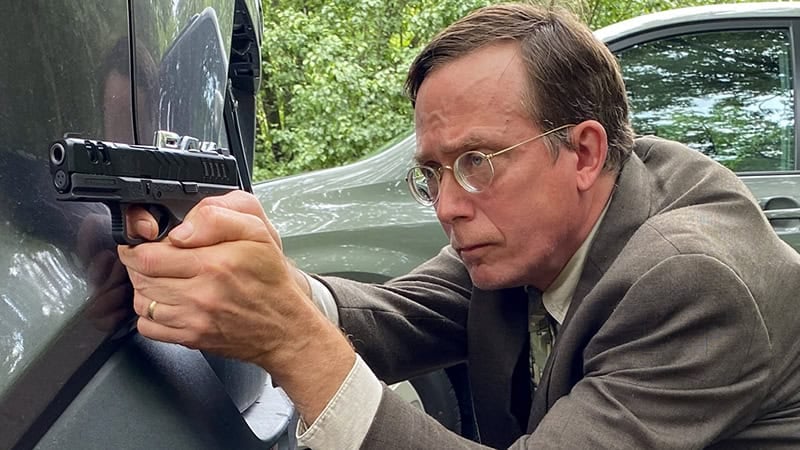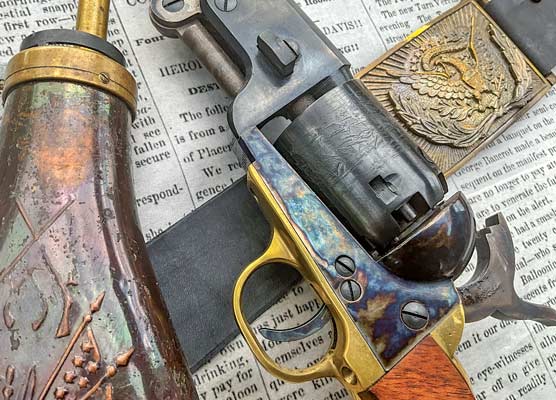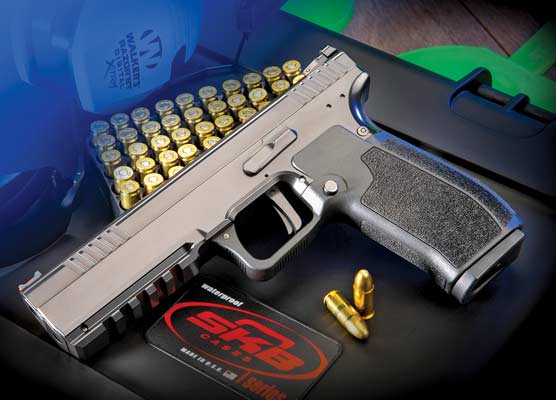Lessons
Death battles seem glamorous until the shooting starts. Andrew Jackson’s three gunshot wounds were permanent injuries, which made his life miserable to the end of his 80 years. Pride is a two-edged sword, and many of the experiences detailed above remind us why pride is so often called a deadly sin.
Mutual combat isn’t lawful self-defense. In the last days of dueling, note how hard it was for Jackson to find a place to do it legally. No such place exists today. In consensual mutual combat, the rule is the loser leaves in the meat wagon and the winner in the paddy wagon. The killing of Dickinson — shot dead while helplessly holding an empty pistol, by a man who admitted later he intended to slay him — would be seen today as clear-cut premeditated murder … and was even seen as such by Jackson’s enemies then.
Be certain you can pull the trigger if you must. The arrest of Bean teaches a lesson about gunpoint that remains valid. Bean was a quintessential predator. One definition of “predator” could be “expert in prey selection.” By Bean’s own admission, when he realized — from Jackson’s stance, face and speech — the judge was fully prepared to end him, he surrendered without bloodshed on either side.
Fights that last seconds leave much longer aftermaths. Historians and even observers present at the time seem uncertain whether in the Dickinson duel, Jackson’s pistol initially was only half-cocked, or the hammer fell and caught on the half-cock notch, a mechanical malfunction. The rules of the day said a misfire constituted a shot, and to this day there are those who claim Jackson cheated when he re-cocked the gun and fired the fatal round. It is worth noting both Dickinson himself, on his deathbed, and his second announced the fight to have been fair. (9) One would think that would have settled the matter, but the “cheating killer” cloud still hangs over Andrew Jackson’s memory more than two centuries later.
If you’re hit, keep fighting, and expect your opponent to do the same. When asked later how he could stay on his feet and slay the man who’d shot him in the chest, Jackson famously replied even if he had been shot in the brain, he still would have killed Dickinson.
Speed is fine, but accuracy is final. Before Wyatt Earp, Texas Ranger John Hughes, and the legendary Bill Jordan gave that advice, Jackson came to the same conclusion. Circa 1817, when asked for advice about dueling, Jackson replied in part, “… charge your friend to preserve his fire until he shoots his antagonist through the brain for if he fires and does not kill his antagonist, he leaves himself fully in his power.” (10) Jackson was speaking, clearly, as a voice of experience.
Footnotes: (1) Cusick, James G and Johnson, Sherry, Andrew Jackson in Florida, Florida Historical Society Press, 2016, P. 312. (2) Meacham, John, American Lion: Andrew Jackson in the White House, Random House, 2008, P. 25. (3) Brands, H.W., Andrew Jackson: His Life and Times, Doubleday, 2005, P. 54. (4) https://www.vice.com/en/article/8qkq5a/these-wild-obscure-tales-of-past-presidents-are-stuffed-full-of-american-badassery (5) Brands, op. cit., P. 133. (6) O’Reilly, Bill and Dugard, Martin, Killing Crazy Horse: the Merciless Indian Wars in America, Henry Holt & Co., 2020, Pp. 26-27. (7) Brands, op. cit., P. 190. (8) American Heritage Magazine, “Now Defend Yourself, You Damned Rascal,” by Elbert Smith, February 1958 issue.(9) Brands, op. cit., Pp. 140–141. (10) Brands, ibid., P. 350.
Subscribe To American Handgunner





